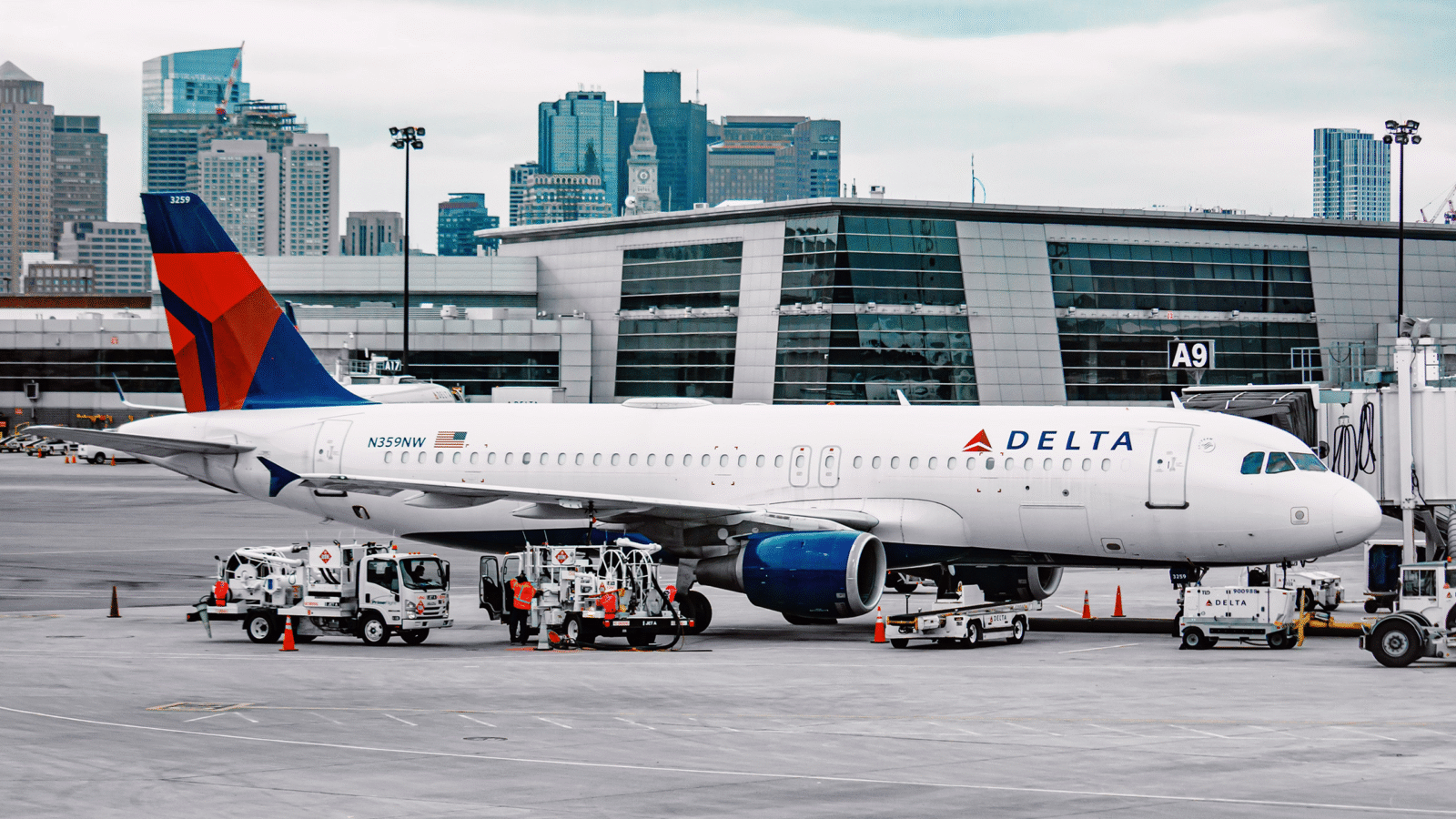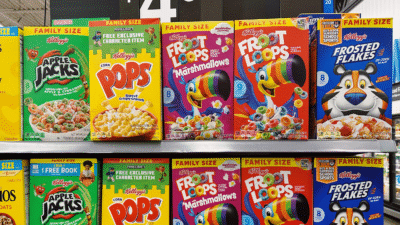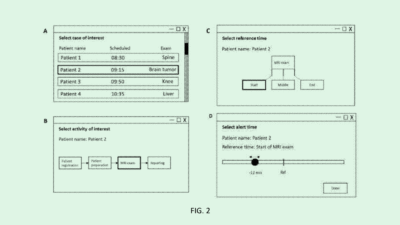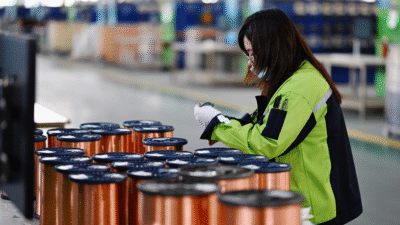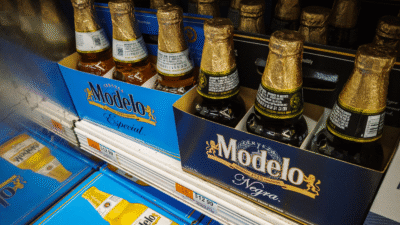Could Air Travel Be Big Business for Corn Ethanol Farmers?
Ethanol has been good to corn farmers. But when everybody starts switching to electric vehicles, where’s all that maize going to go?
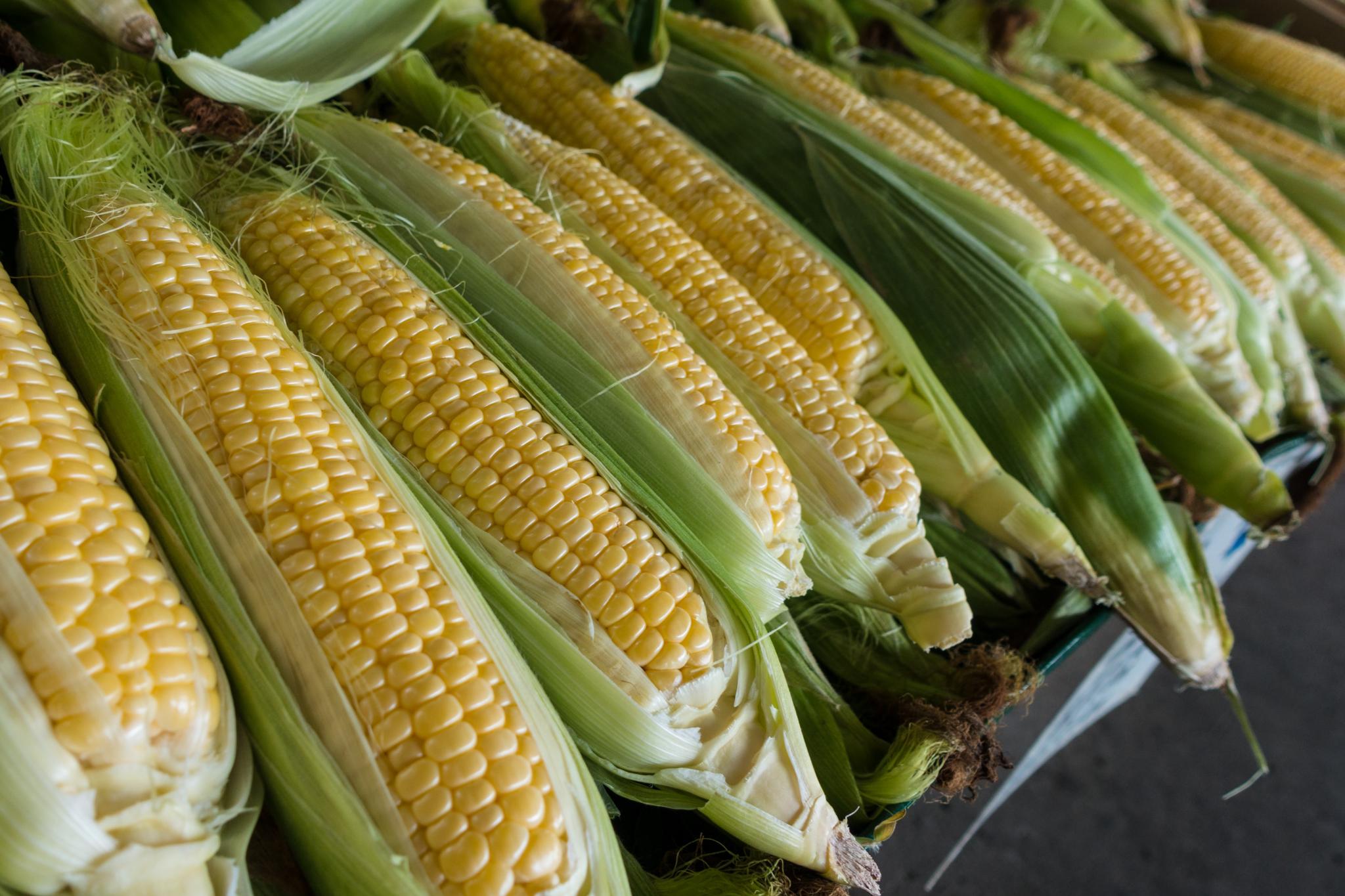
Sign up for smart news, insights, and analysis on the biggest financial stories of the day.
Ethanol has been good to corn farmers. But when everybody starts switching to electric vehicles, where’s all that maize going to go?
Corn farmers and ethanol makers have an idea: green jet engine fuel, Bloomberg reported.
King Harvest Has Surely Come
Ethanol is a fuel produced from biomass like potatoes, sorghum, and most commonly, corn. It was first added to gasoline in the 1920s to increase octane and reduce engine knock, but it got a big boost in the late 1970s in a bid to limit foreign-energy dependence and lower smog rates. Today, the US produces half of the world’s ethanol, and nearly all of our gas contains some proportion of it.
However, many major carmakers are set to produce only EVs in roughly the next 10 to 15 years, with entire countries prepared to ban the future sale of new gas-powered vehicles. Corn farmers and ethanol makers are tilting their heads upward for their next market:
- Ethanol could be converted into a more environmentally friendly fuel for planes called sustainable aviation fuel (SAF), and BloombergNEF reported the industry could be worth $105 billion by 2050 as airlines are under pressure to cut greenhouse gas emissions.
- Last November, United Airlines became the first US carrier to invest in a biofuel refinery. The company will pump nearly $40 million into a NXTClean Fuels plant in Oregon, which could produce as much as 50,000 barrels of SAF per day after its completion in 2026.
Pie in the Sky: Right now, SAF accounts for less than a tenth-of-a-percent of fuel used by major US airlines. SAF producers are eligible for tax breaks, but that’s only if the fuel cuts emissions by half that of standard jet fuel. Corn-derived jet fuel is still far below that threshold, with emissions just 15% less than traditional jet fuel. Roughly 40% of the nation’s corn crops go toward producing ethanol, so until the SAF situation is figured out, farmers can only hope people start eating corn on the cob for breakfast, lunch, and dinner.
